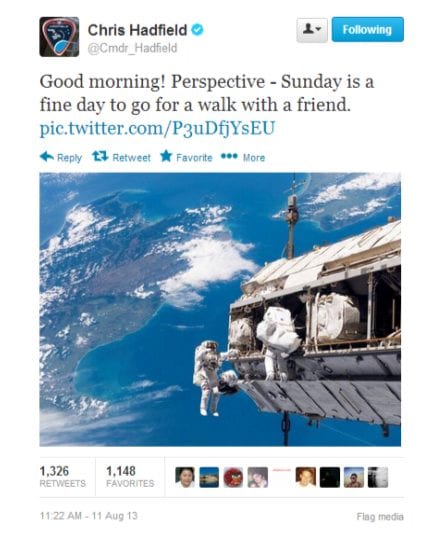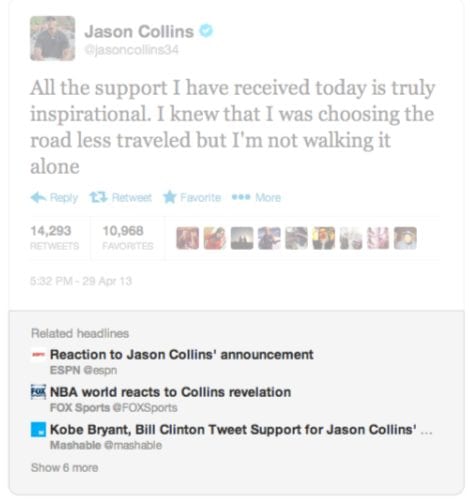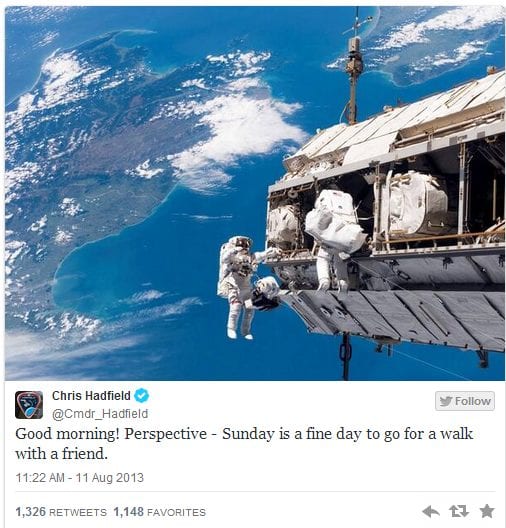Over the last few months, Twitter has rolled out a few updates that make it a more valuable resource for the media.
Everyone knows that Twitter is where stories break – it’s real-time, responsive, and usually a step ahead of traditional media. However, when we come to look at the Tweets themselves, they’ve usually lost their value as soon as the media have taken up the story.
The value of the Tweet lies in its immediacy. Once there’s a more detailed, reliable and easily discoverable place to access the story, the original Tweet (with the exception of particularly noteworthy Tweets, which are news in-and-of-themselves) is obsolete.
So Twitter has a problem; how do they make the most of the Tweet that breaks the news? How do they make it more valuable to the media and make it live longer in the lifecycle of the story?
First, they introduced Related Headlines, a function which shows the websites and articles which have embedded a particular Tweet. The visual example Twitter gave when announcing this new feature was NBA star Jason Collins’ decision to publicly come out. When users access Collins’ Tweet (via its permalink), they can see a number of related headlines at the bottom, leading to articles which have embedded that Tweet.
Therefore, when people want to go and find out more about the story, they don’t have to open a new window and Google it, instead they can navigate through the Tweet itself to a choice of articles which have the Tweet embedded in them.
The second thing Twitter did was to improve the layout of image-based embedded Tweets. In the past when a Tweet with a picture was embedded in an article, the Tweet would come first above the image. Twitter has recognized that when a Tweet is uploaded with a picture, the picture is the key piece of content and the wording of the Tweet is a caption.
 The image above is a tweet by Canadian astronaut commander Chris Hadfield, and shows what embedded Tweets used to look like.
The image above is a tweet by Canadian astronaut commander Chris Hadfield, and shows what embedded Tweets used to look like.
The image below is the new layout where the image is larger and the Tweet itself serves as a caption – making the Tweet more suitable and visually impactful for a blog or article. While it may look like a minor change, it’s another step in the process of making Tweets more valuable assets in long-form media.
So what does this mean for PR? Crafting social content is a key part of our jobs. We already know to think about tone-of-voice, audience, strategic purpose of the content, etc. Now we also have to think about how our content’s going to look on other platforms.
These new Twitter updates bring up some concerns: Will it change the way we seed content to bloggers and media? Will we now use Twitter as a content hub more often in our social engagement strategies? Will we have to change the way we capture assets at events and shoots?
There aren’t definitive answers to these questions, but we can be sure that we need to be aware of the evolving role of Twitter, understand its implications and demonstrate this knowledge to our clients.




